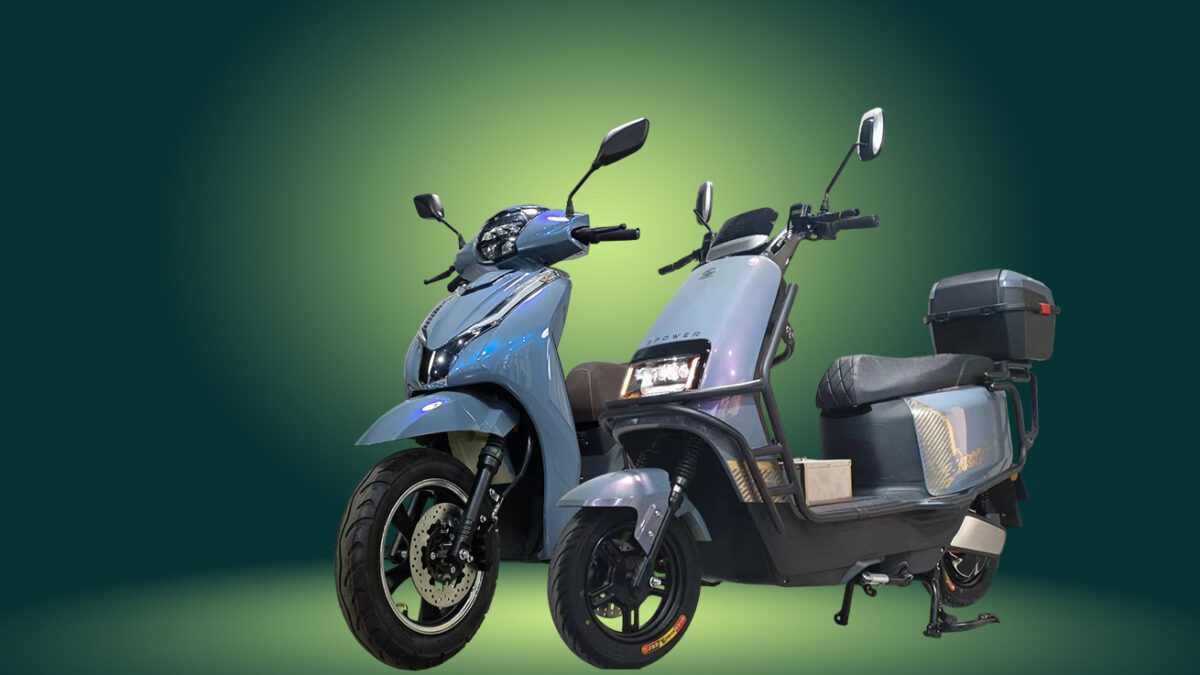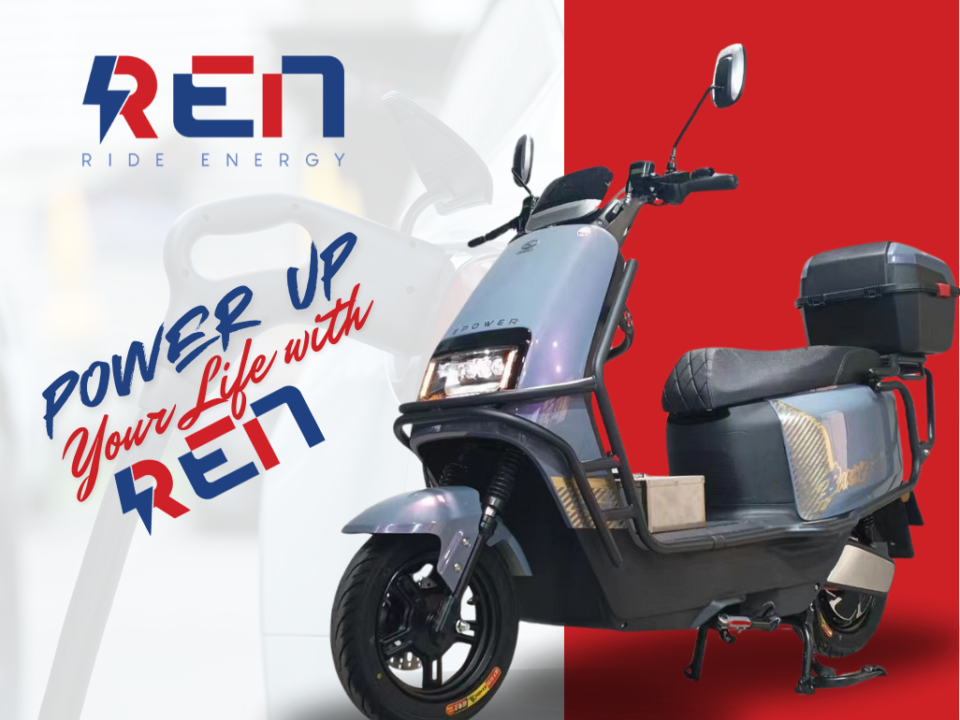
How Government Policies Are Shaping the EV Scooter Industry in India
March 19, 2025Introduction
Urban mobility has undergone a rapid transformation in recent years, with electric scooters (e-scooters) emerging as a game-changing solution for short-distance travel. As cities become increasingly congested and environmental concerns grow, e-scooters offer a convenient, sustainable, and cost-effective alternative to traditional transport methods. The rise of e-scooters is not just about adopting a new mode of transportation—it signifies a shift in how people perceive and navigate urban landscapes. In this blog, we explore how electric scooters are revolutionizing urban mobility and what the future holds for this rapidly growing industry.
The Rise of Electric Scooters
E-scooters first gained popularity in the late 2010s, driven by shared mobility services like Bird, Lime, and Spin. These companies introduced dockless scooter-sharing programs that allowed users to rent a scooter via a mobile app and leave it at their destination without worrying about a designated parking spot. The convenience and affordability of e-scooters quickly made them a preferred mode of transport for many city dwellers.
The COVID-19 pandemic further accelerated the adoption of e-scooters. With social distancing measures in place and people seeking alternatives to crowded public transportation, e-scooters became a safe and efficient option for short commutes. Additionally, advancements in battery technology, connectivity, and design have made e-scooters more reliable, stylish, and user-friendly than ever before.
Benefits of Electric Scooters in Urban Mobility
1. Eco-Friendly Transportation
One of the biggest advantages of electric scooters is their environmental impact—or rather, the lack thereof. Unlike gasoline-powered vehicles, e-scooters run on rechargeable batteries, producing zero emissions. This contributes to cleaner air and a reduction in carbon footprints, making cities greener and more sustainable.
Additionally, e-scooters help reduce noise pollution, which is a growing concern in busy urban centers. Their quiet operation ensures a more pleasant and peaceful environment compared to the constant hum of cars and motorcycles.
2. Reduced Traffic Congestion
Urban congestion is a major issue in cities worldwide, with traffic jams leading to wasted time, fuel, and increased pollution. E-scooters offer a practical solution by allowing riders to navigate through traffic more efficiently. Their compact size makes them ideal for maneuvering through busy streets, reducing the reliance on cars for short-distance travel.
Studies show that a significant percentage of car trips in cities cover less than five miles—a distance that could easily be traveled on an e-scooter. By replacing short car rides with e-scooter trips, cities can reduce traffic congestion and free up road space for essential transportation services.
3. Affordability and Accessibility
E-scooters provide an affordable transportation option compared to owning a car or relying on taxis and rideshare services. With pay-per-ride and monthly subscription models, users can choose the pricing structure that best suits their needs. Additionally, the cost of maintenance and charging is significantly lower than that of a fuel-powered vehicle.
Moreover, e-scooter-sharing services have made mobility more accessible, particularly for those who do not own personal vehicles. They bridge the gap between public transit and final destinations, offering a convenient solution for the “last mile” problem—helping commuters get from train and bus stations to their homes or workplaces without the need for a car.
4. Health and Well-Being Benefits
Riding an e-scooter requires a certain level of physical engagement, helping users stay active. While it may not be as intense as cycling, balancing and maneuvering an e-scooter engage core muscles and improve coordination. Additionally, the ability to ride in open air rather than being confined in a crowded bus or train can contribute to a more enjoyable commuting experience.
Furthermore, the reduced stress of dealing with traffic congestion and parking issues makes e-scooters a stress-free option for daily travel.
5. Smart and Connected Features
Modern e-scooters are equipped with advanced technology that enhances the user experience. These innovations make e-scooters more efficient, safer, and more adaptable to urban environments.
Challenges and Concerns
While e-scooters offer numerous benefits, their rise has also brought some challenges that need to be addressed.
1. Regulation and Safety Issues
As e-scooter usage increases, cities have struggled to implement regulations that ensure rider and pedestrian safety. Issues such as reckless riding, sidewalk clutter, and lack of helmet usage have raised concerns about safety.
To address these challenges, many cities have introduced speed limits, designated scooter lanes, and stricter parking guidelines. Some governments have also mandated helmet laws and required riders to complete safety training before renting a scooter.
2. Battery Sustainability and Disposal
While e-scooters are eco-friendly, their batteries pose sustainability challenges. Lithium-ion batteries have a limited lifespan, and improper disposal can lead to environmental damage. Manufacturers are working on solutions such as swappable batteries and improved recycling programs to minimize waste and make e-scooters more sustainable in the long run.
3. Weather and Terrain Limitations
E-scooters perform best on smooth, dry roads, making them less practical in areas with rough terrain or extreme weather conditions. Heavy rain, snow, and icy roads can make riding unsafe, limiting year-round usability in some regions.
However, ongoing advancements in wheel design, traction control, and waterproofing may soon make e-scooters more adaptable to different weather conditions.
The Future of Electric Scooters in Urban Mobility
1. Integration with Public Transport
As cities strive to create seamless transportation networks, e-scooters are increasingly being integrated into public transit systems. Partnerships between e-scooter companies and city governments allow users to plan multi-modal trips that combine e-scooters with buses, trains, and subways. This integration can further reduce car dependency and make commuting more efficient.
2. Infrastructure Development
To support the growing use of e-scooters, cities are investing in dedicated bike and scooter lanes, improved parking solutions, and better charging infrastructure. More urban planners are recognizing the importance of micromobility and are designing roads and spaces to accommodate e-scooter users safely.
3. Advancements in Battery and Charging Technology
The future of e-scooters will see significant improvements in battery life, charging efficiency, and sustainability. Companies are exploring:
- Graphene and solid-state batteries for longer-lasting power.
- Wireless charging stations at key locations to eliminate range anxiety.
- Solar-powered e-scooters to further reduce dependence on non-renewable energy sources.
4. Autonomous and AI-Driven E-Scooters
The concept of self-driving e-scooters is already being tested. These scooters can relocate themselves to high-demand areas, self-park, and even return to charging stations autonomously. AI-driven ride assistance could also improve safety by adjusting speed based on surroundings and alerting riders to potential hazards.
Conclusion
Electric scooters have emerged as a key player in urban mobility, offering a sleek, smart, and sustainable alternative to traditional transport. Their ability to reduce congestion, lower emissions, and provide an affordable commuting solution makes them an essential part of the future cityscape.
As technology continues to evolve, infrastructure improves, and regulations adapt, e-scooters will play an even more significant role in shaping the way we move. Whether for daily commutes, last-mile connectivity, or simply an enjoyable ride through the city, e-scooters are undeniably riding the future of urban transportation.



